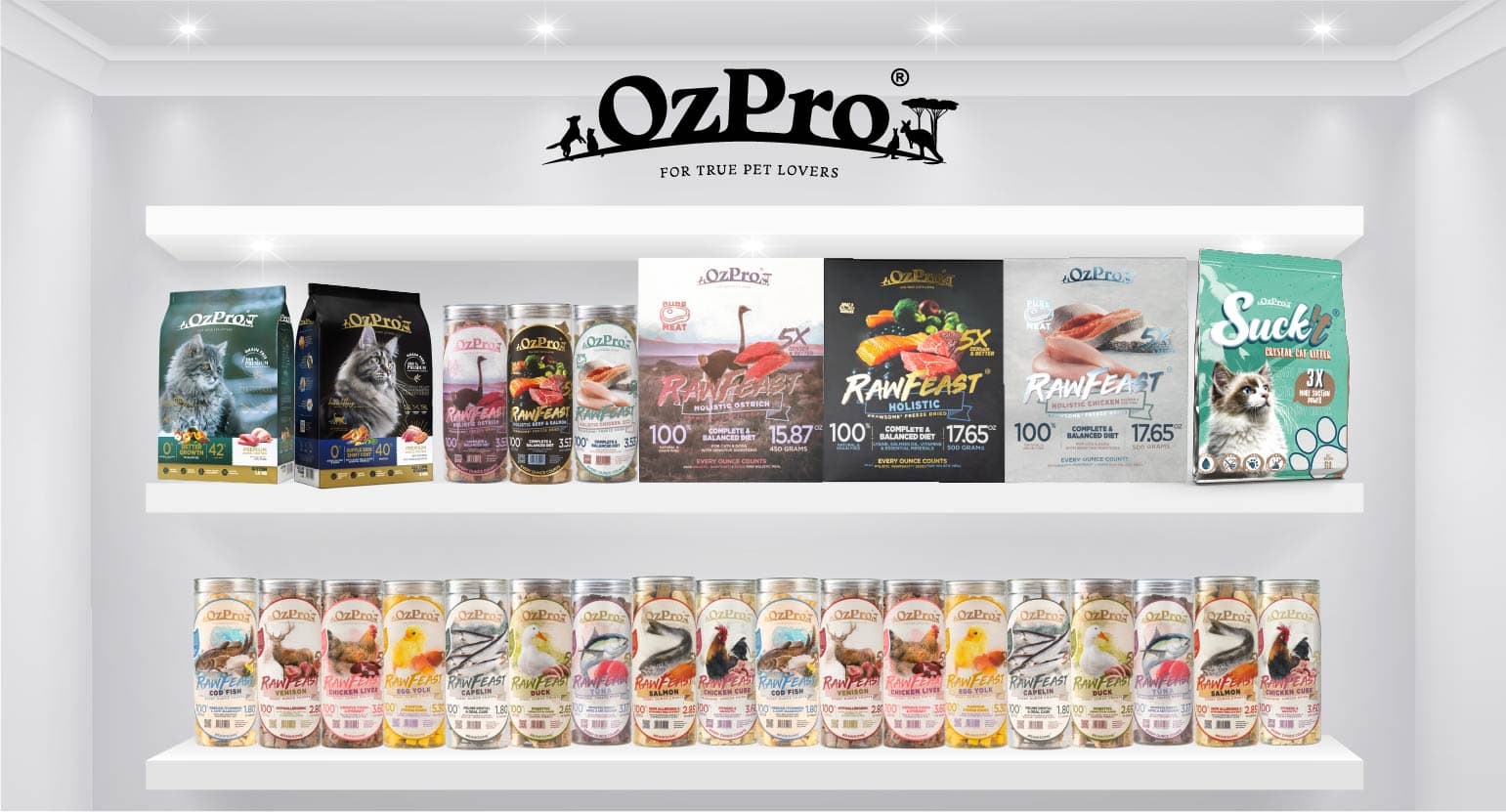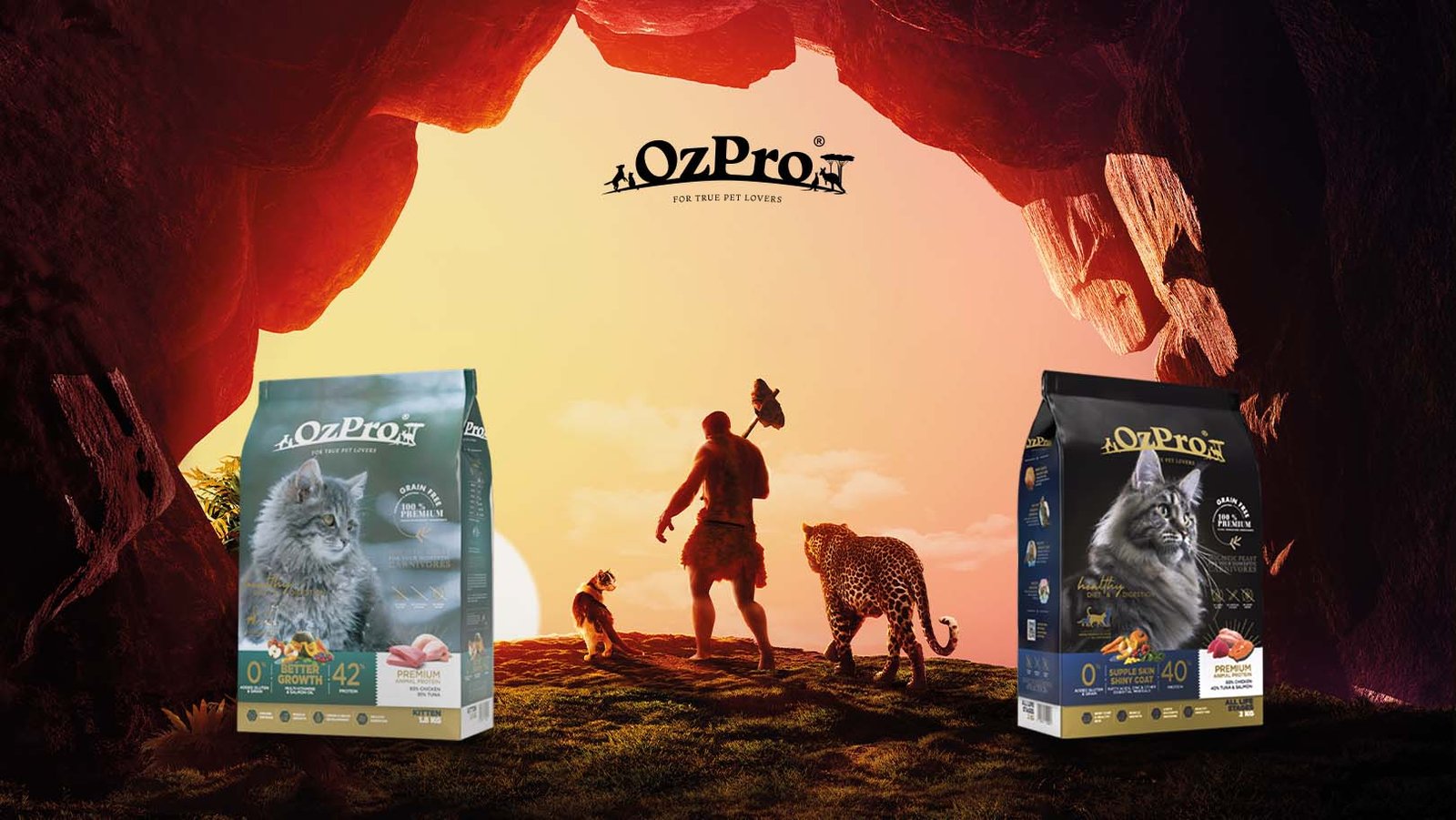What is Branding?
You’ve probably know that it’s important to focus on your strengths and play to your strengths. The same goes for your brand. When it comes to USPs (unique selling points), you want to make sure you’re playing up what makes your brand unique—and most importantly, focus on a SINGLE penetration point that makes your brand exceptional.
At times, it can be tempting to try and tackle too many things at once. But it’s important to always remember that quality is better than quantity. In other words, don’t try to be all things to all people. The best way is by telling a story that highlights the special qualities of your brand. When you can connect with your consumers on an emotional level, you’re more likely to win them over. So think about the story you want to tell and make sure your USPs are supporting that story.
RULE NO.1 FOCUS
Focus on the essentials.
Stakeholders with a passion for the brand or product often come up with tons of USPs or stories to be told. Sounds like your everyday?
At this point, it’s important to hold on and rethink the process of “WHY? WHAT? HOW?” your consumers feel about each story-telling, and keep it simple. Customers are not coming to you to attend an academy, they just want to enjoy the shopping experience.
So, don’t overload them with too much information. Find the right balance between story-telling and simplicity. Share sufficient information to pique their interest, without going overboard. Keep your message clear and concise, and relevant. Embrace SIMPLICITY.
IMPORTANCE OF PENETRATION POINTS AND TOUCH POINTS
Spam your customer with overwhelmed messages – that’s the last thing you should do, as it burnt the marketing efforts yet customers still tune you out.
Identifying the unique penetration point and touch points is crucial for every brand, which is also the core strength of Rebelphase. Concise penetration point will help your brand to discover effective touch points with a holistic and objective-driven communication approach.
These are the key channels where you reach to your customers. Make sure each one is handled with care, and that you’re providing valuable content that they actually want to see. Cultivate your brand to the shape you desire. The results will pay off in the long run.
UNDERSTANDING CONSUMER NEEDS AND WANTS
If customers need spend time to process the stories you crafted, mostly you are overcomplicate things with too many information, which run the risk of alienating potential customers. Align with your customers’ expectations and desires. This will help ensure that you are connecting with them on an emotional level while also providing useful information.
LEVERAGING YOUR USPS TO ATTRACT AND RETAIN CUSTOMERS
When it comes to leveraging your USPs, focus on the ones that matter most, which is the one that will attract and retain customers.
Avoid jargons and technical terminology, when customers can easily understand what makes you unique, they’re more likely to choose you over the competitors. Keep the selling and story-telling consistent across all marketing channels, including social media, website content, product descriptions, email campaigns etc. That way, the messaging will be targeted and dedicated, which leads to delivering higher brand impression, reaching a wide range of potential customers and convert them into believers of your brand.
MAKING YOUR BRAND’S USPS SIMPLE AND UNDERSTANDABLE
Now that you’ve thoughtfully considered what USPs your brand should focus on, it’s time to make them remarkable.
Prominent USP often have the same properties – easy to understand, highly relevant to consumers, and has a strong & memorable characteristic. Think it this way – what is that ONE most important selling point that you would never give up? Get it, work through it, and let the whole world know.
Make your USP simple and significant, because when you make something easy for customers to remember, they’ll be more likely to act on it – that’s the key to brilliance.
To sum up, as a graphic designer, I think the skillset and thinking process matters more than what software we use. Every software have their pros and cons. It eventually falls down to the status we are in, the affordability and suitability of the software to us. In my opinion, it’s always not a bad thing to learn new software in the design field.
CONCLUSION
Simplicity is not a simple thing. It takes a lot of hard work to make things seem simple.
Stay focused on the things that make your brand great, and resist the urge to add on unnecessary bells and whistles. It can be tempting to try and spice things up with extra features or benefits, but all too often this just serves to confuse and overwhelm customers.
Make sure that your touch points are front and center, and let your passion for your product shine through. Keep things straightforward, and you’ll be well on your way to success.








